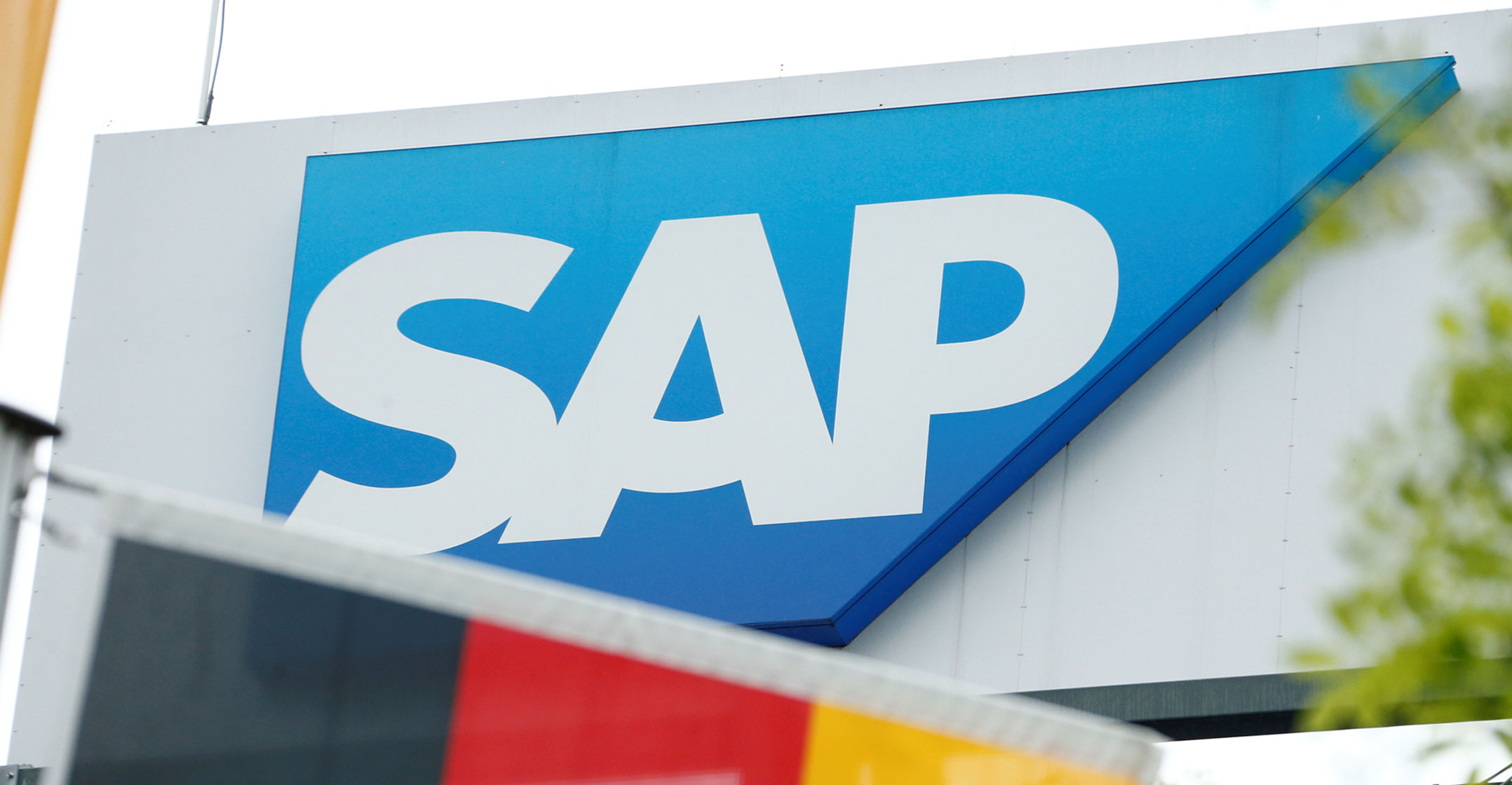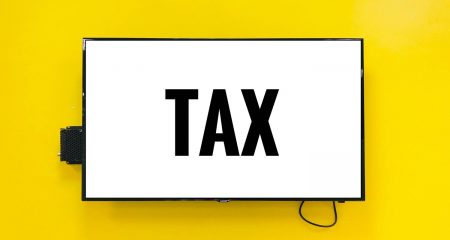
SAP said on Monday it was going all in on its shift to cloud computing as it abandoned medium-term profitability targets and cautioned that its business would take longer than expected to recover from the coronavirus pandemic.
Investors reacted by dumping shares in Europe’s most valuable tech firm, which opened nearly 20% lower in Frankfurt to wipe US$35-billion off its market value — their biggest one-day drop in 24 years.
The strategic pivot by CEO Christian Klein means investors are once again being asked to wait for the promise of fatter margins at the German business software group to become a reality.
“We are at an inflection point,” Klein told journalists on a conference call. “I am not willing to trade value to our customers for short-term margin optimisation.”
JP Morgan cut its price target for SAP to €120 from €160, and downgraded the stock to “neutral” from “overweight”. Citi said SAP’s cautious outlook would hurt broader sentiment towards European tech and software stocks.
The change of course follows a year of turmoil unleashed by the exit of long-time CEO Bill McDermott and a failed experiment in tandem leadership that ended in April when Klein became sole CEO as governments locked down economies.
Reset
At that time, the pandemic was already hitting operations, but SAP stood by a medium-term “ambition” set on McDermott’s watch that foresaw profit margins growing by a percentage point a year in the five years to 2023.
The reset rightly abandons a strategy that was made “once upon a pre-Covid lifetime”, said industry analyst Josh Greenbaum at EAConsult. “I think it’s a good time to take the margin hit of transitioning to the cloud, and clearly the pandemic economy is helping justify the move.”
The latest shift means effectively that profit margins will languish over the next three years. Headwinds will only turn to tailwinds after that, chief financial officer Luka Mucic told reporters.

Cloud revenue — from subscription-based services hosted at remote data centres — is now expected to triple to €22-billion by 2025. That will eclipse traditional licence sales that have for decades been SAP’s cash cow.
Total adjusted revenue in 2025 is now forecast at €36-billion and adjusted operating profit at €11.5-billion — implying a margin of 31.9% that is roughly in line with SAP’s third-quarter showing.
Some investors question whether SAP, a kind of one-stop shop for running processes such as finance or supply chains, will win in the cloud, or end up losing out to more innovative competitors. They point to fast-growing rivals such as Celonis, a German process-mining specialist, that are seeking to become global leaders in a single category, and can run on top of SAP or its US competitor Oracle.
In the quarter, adjusted total revenue fell by 4% while operating profit fell 12%, based on international financial reporting standards. After adjustments and at constant currency rates, profit rose by 4%.
SAP cut its guidance for 2020, saying the re-imposition of lockdowns by some governments had hit its business, while hard-hit industries would now take longer than expected to recover. — Reported by Douglas Busvine, (c) 2020 Reuters




